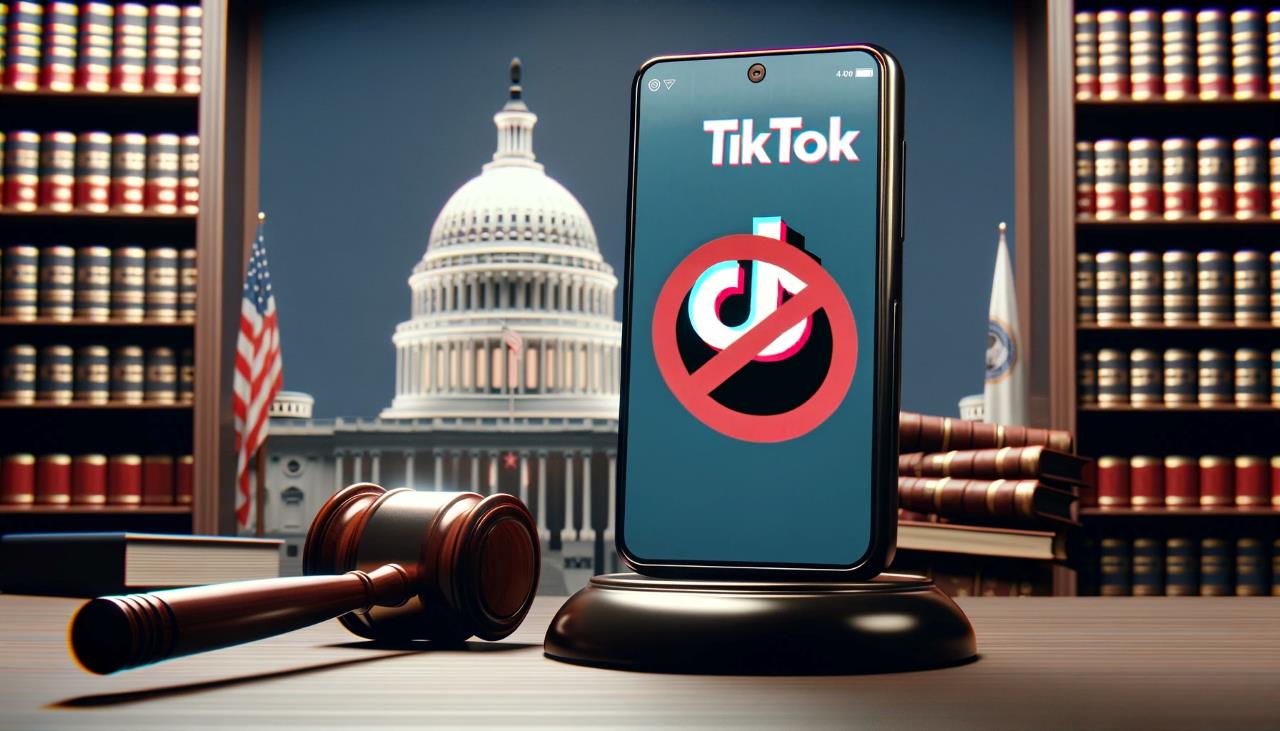
In a landmark decision, the U.S. Supreme Court has upheld the Protecting Americans from Foreign Adversary Controlled Applications Act, effectively greenlighting the Biden administration’s efforts to ban TikTok unless its Chinese parent company, ByteDance, divests its ownership.
This decision underscores the growing tension between national security concerns and the rights to free speech and access to technology.
National Security vs. Free Speech
The case against TikTok has been building for years, with critics arguing that ByteDance’s ownership creates a direct line between the app and the Chinese government. U.S. officials contend that this connection poses a significant national security threat, citing potential unauthorized data collection on American users and the possibility of content manipulation to influence public opinion.
TikTok, which boasts over 150 million users in the United States, challenged the legislation, claiming it infringed on First Amendment rights. However, the Supreme Court’s decision leaned heavily on national security considerations, marking a pivotal moment in the ongoing debate about the balance between privacy, freedom of expression, and security in the digital age.
What Happens Next?
With the ruling in place, ByteDance has until January 19, 2025, to divest its U.S. operations or face a complete ban. This ultimatum puts immense pressure on the company to find a suitable buyer while maintaining the platform’s functionality and global user base.
Speculation has already begun about potential buyers. Among the names floated is Elon Musk, whose foray into social media with X (formerly Twitter) has demonstrated his interest in shaping the digital communication landscape. An acquisition by Musk or another tech giant could significantly alter TikTok’s trajectory and its role in the social media ecosystem.
Implications for Users and Businesses
For millions of American users and the businesses that rely on TikTok for marketing and engagement, the platform’s uncertain future raises several pressing concerns:
- Platform Diversification: Businesses and influencers will need to explore alternative platforms such as Instagram Reels, YouTube Shorts, and emerging social media apps to maintain audience reach.
- Content Adaptation: Transitioning to new platforms requires adapting content strategies to fit different algorithms and audience behaviors, potentially reshaping how brands interact with consumers.
- Economic Impact: TikTok’s ban could disrupt the livelihoods of countless creators who depend on the app for income, as well as small businesses that use its advertising tools to drive sales.
Broader Context
The Supreme Court’s ruling is part of a broader U.S. effort to curb the influence of foreign technology companies. Similar actions have targeted other Chinese-owned apps and tech firms, reflecting a bipartisan consensus on the need to address perceived threats from China’s growing technological dominance.
Preparing for a Post-TikTok World
As the January 2025 deadline looms, content creators, marketers, and businesses must act swiftly to minimize disruptions. Key strategies include:
- Building a Multi-Platform Presence: Spreading content across various social media channels reduces dependency on a single platform.
- Engaging Communities: Strengthening email lists, Discord servers, and other community-building tools can ensure direct access to audiences.
- Monitoring Trends: Keeping an eye on emerging platforms and trends will help businesses stay ahead in a rapidly shifting digital landscape.
Conclusion
The Supreme Court’s decision to uphold the TikTok ban marks a watershed moment in the intersection of technology, national security, and individual rights. While the future of the app remains uncertain, its potential absence from the U.S. market will undoubtedly reshape the social media and digital marketing worlds.
As businesses and individuals adapt, this moment serves as a stark reminder of the fragility of digital ecosystems and the importance of diversification in the face of geopolitical and legal uncertainties.
